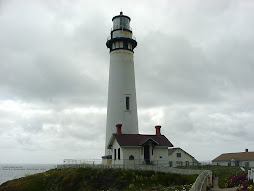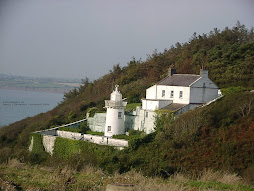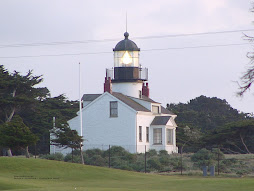Well, many of you will want to know what makes me an expert on cooking safety. I don't cook much, still have all my fingers, some of my hair, and haven't burned up my boat, so I'm at least one up on a few boaters in Southern California. But, seriously, cooking accidents are especially dangerous aboard a boat, and a few precautions can reduce the risk to you and your boat.
Alcohol Stoves:
NEVER fill a hot stove. On a pressurized stove, let the stove cool before bleeding off pressure and filling. On a cartridge or canister type stove, let the canister cool before filling, and ALWAYS remove the canister from the stove before filling. Remove extra alcohol from the area where you are cooking. Keep spare fuel tightly capped, and stowed where the container will not rust through. Wipe up spilled fuel immediately. And, keep a small spray bottle filled with water near the stove. A fine mist will tame alcohol flare ups, and repeated mist sprays will usually extinguish a small cooking fire. DO NOT use a straight stream; this will only spread the burning alcohol, or grease, to other areas.
LPG & CNG:
If you use liquid propane gas (LPG) or compressed natural gas (CNG), check the appliances and all supply lines regularly for leakage. Be sure regulators and solenoids, if equipped, are working properly. If you use LPG, the preferred tank location is above decks, away from openings where escaping vapors could enter the enclosed spaces of your vessel. If your tank is in an enclosure, designed for LPG storage, be sure the vents are free of blockage and there are no openings that will allow gas to seep into the bilge. Check the tanks frequently. If a tank is damaged, or severely rusted or corroded, replace it. With CNG, refuse to accept exchange tanks that are damaged or deteriorated. And, shut off the supply at the tank when the system is not in use.Consider installing a gas vapor detector in the engine and bilge spaces of the boat if you use LPG. Vapors are heavier than air, and a leak can go undetected, while filling your bilge and engine spaces with explosive vapors.
Barbecues:
If you have a gas barbecue on board, the type that uses the small disposable cylinders, store the cylinders above decks, and take the same precautions you would with larger tanks. These cylinders, containing sixteen to twenty ounces of LPG, can put enough gas vapor in your boat to destroy it at the slightest spark. At least one of the manufacturers has a storage bag that attaches to a railing above deck, and keeps the cylinders out in the air.If you use charcoal for cooking, be sure it's COMPLETELY cool before disposing of the coals. While the briquettes can be only warm on the outside, the centers can still be glowing hot, sometimes for up to eighteen hours after cooking. I have personally witnessed fires started like this. And, don't use flammable liquids, such as gasoline, for igniting the briquettes. Use starter fluid, starter cubes or similar to ignite your fire.
Be sure to have a fire extinguisher in the galley area, so it is ready for use if needed. Don't mount it over the stove, where you won't be able to reach it if there is a fire.
A fire on board can be a terrifying ordeal for all. Cook safely, and you won't have all those extra guests, from the fire department, on your boat at chow time. They really won't mind not being invited.
Safe Boating!
Top 60 Boating Tips by Boating Magazine
Saturday, August 23, 2008
WHAT"S COOKIN', GOOD LOOKIN'?
Labels:
barbecue,
boat fire,
boat safety,
boating safety,
cooking,
explosion,
fire,
LPG,
marine safety,
safe boating
Subscribe to:
Post Comments (Atom)













No comments:
Post a Comment